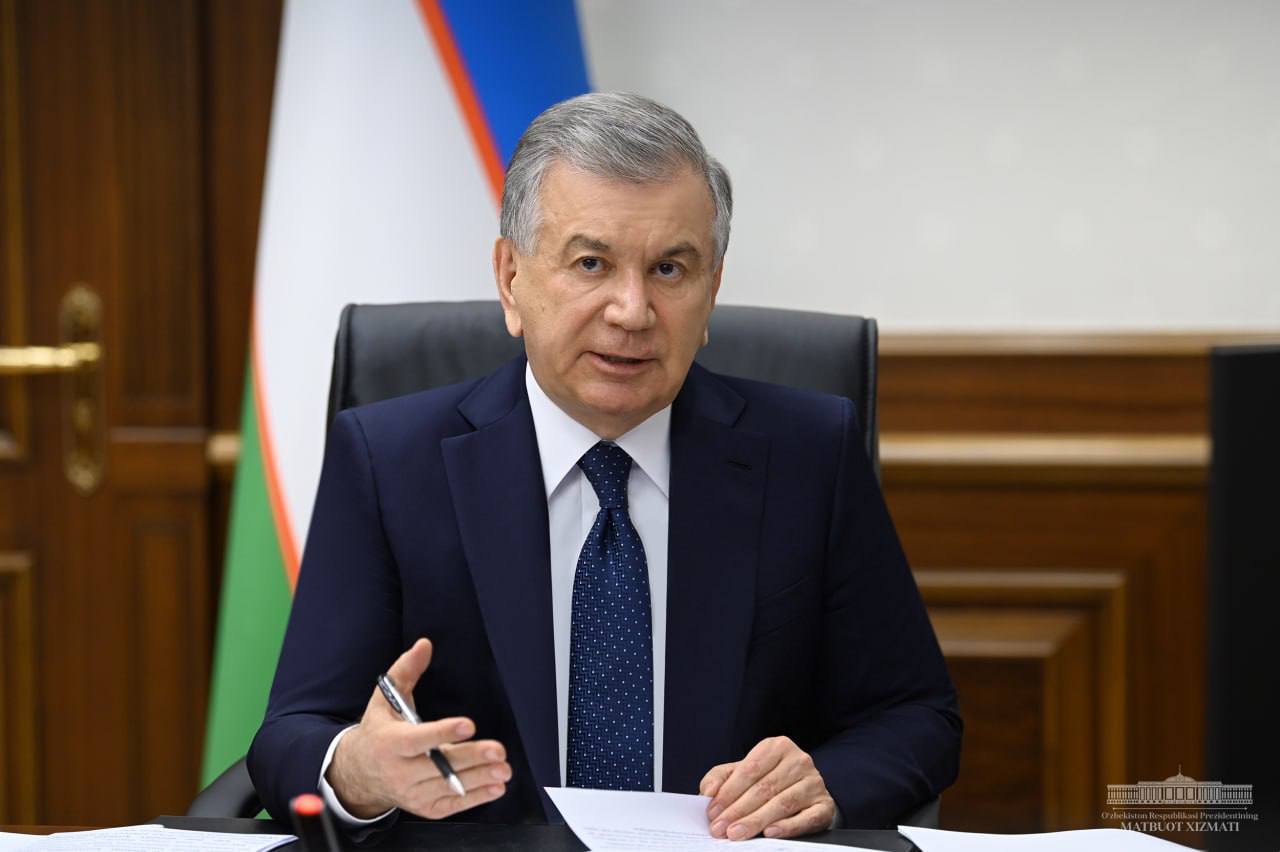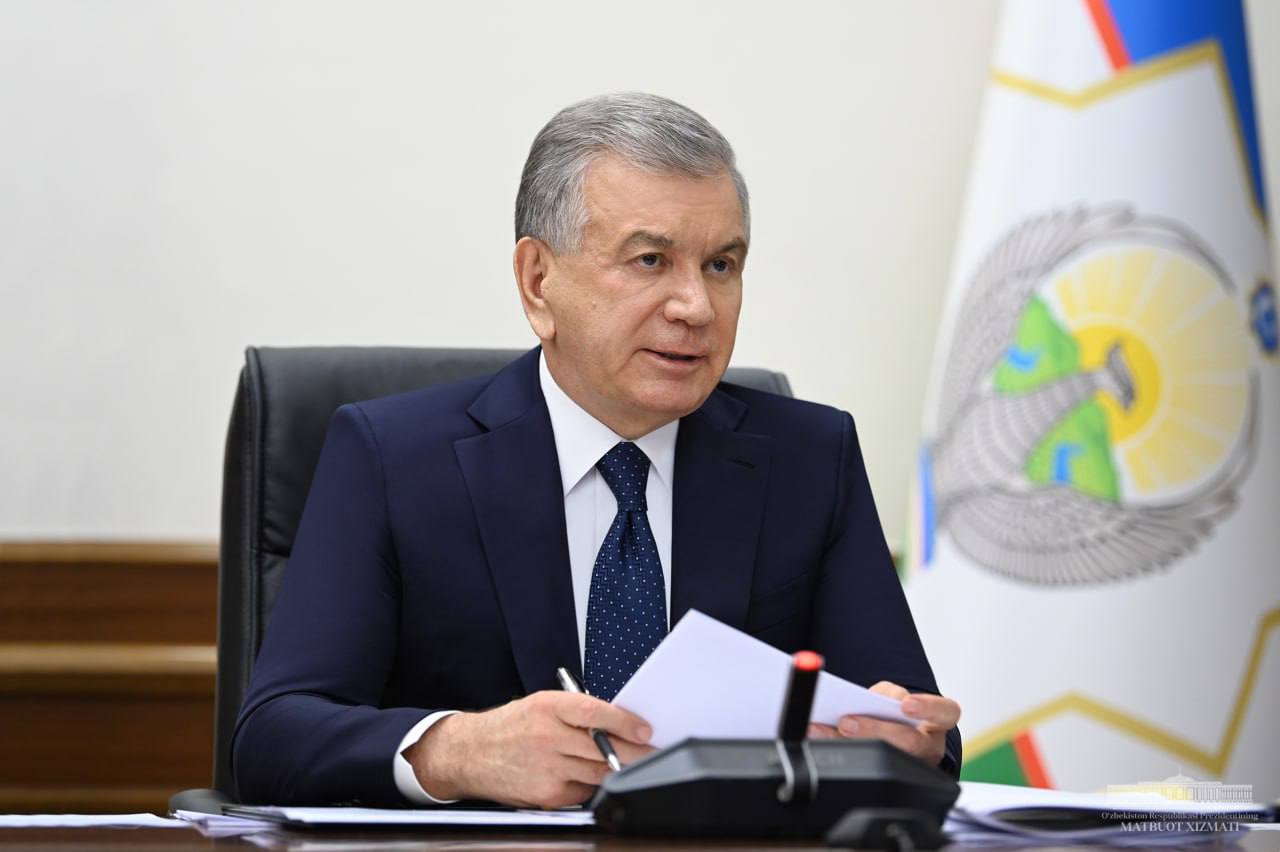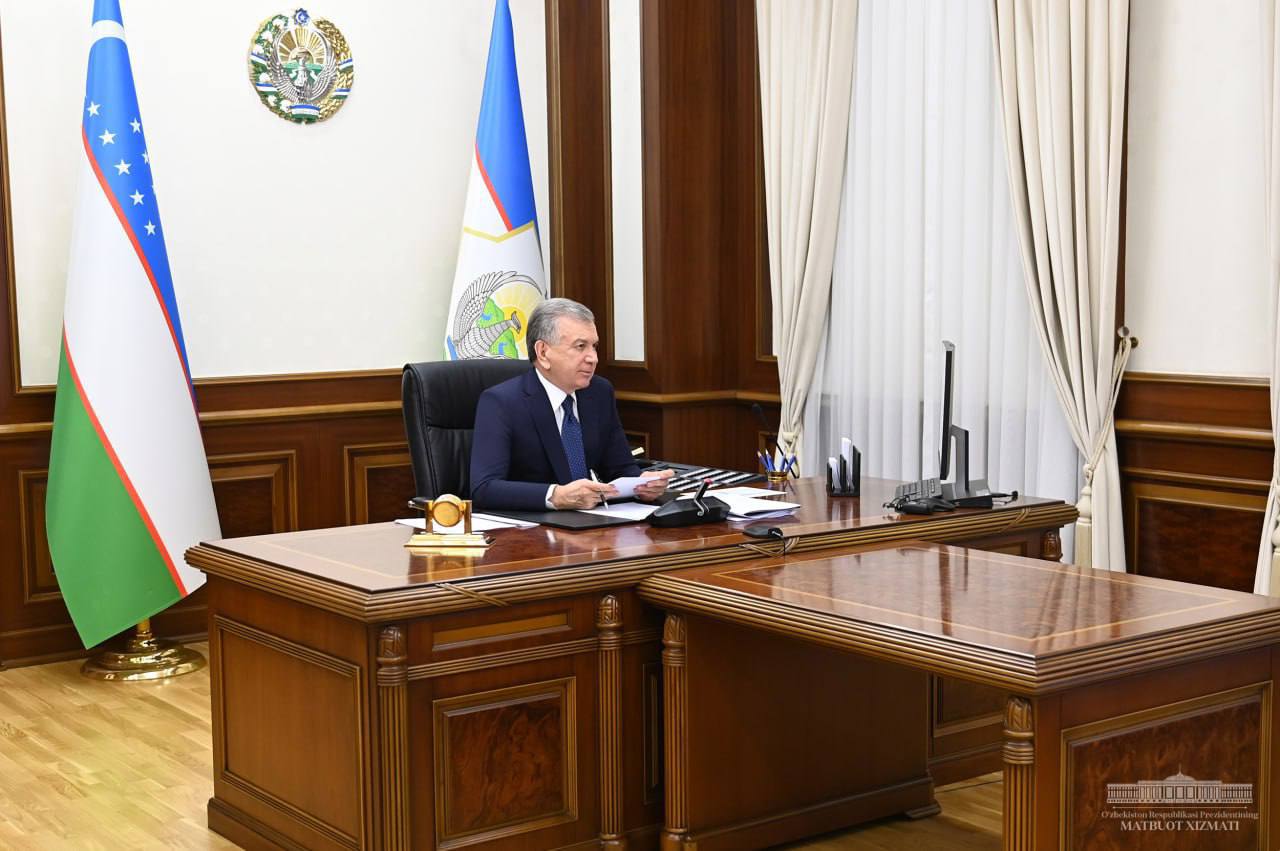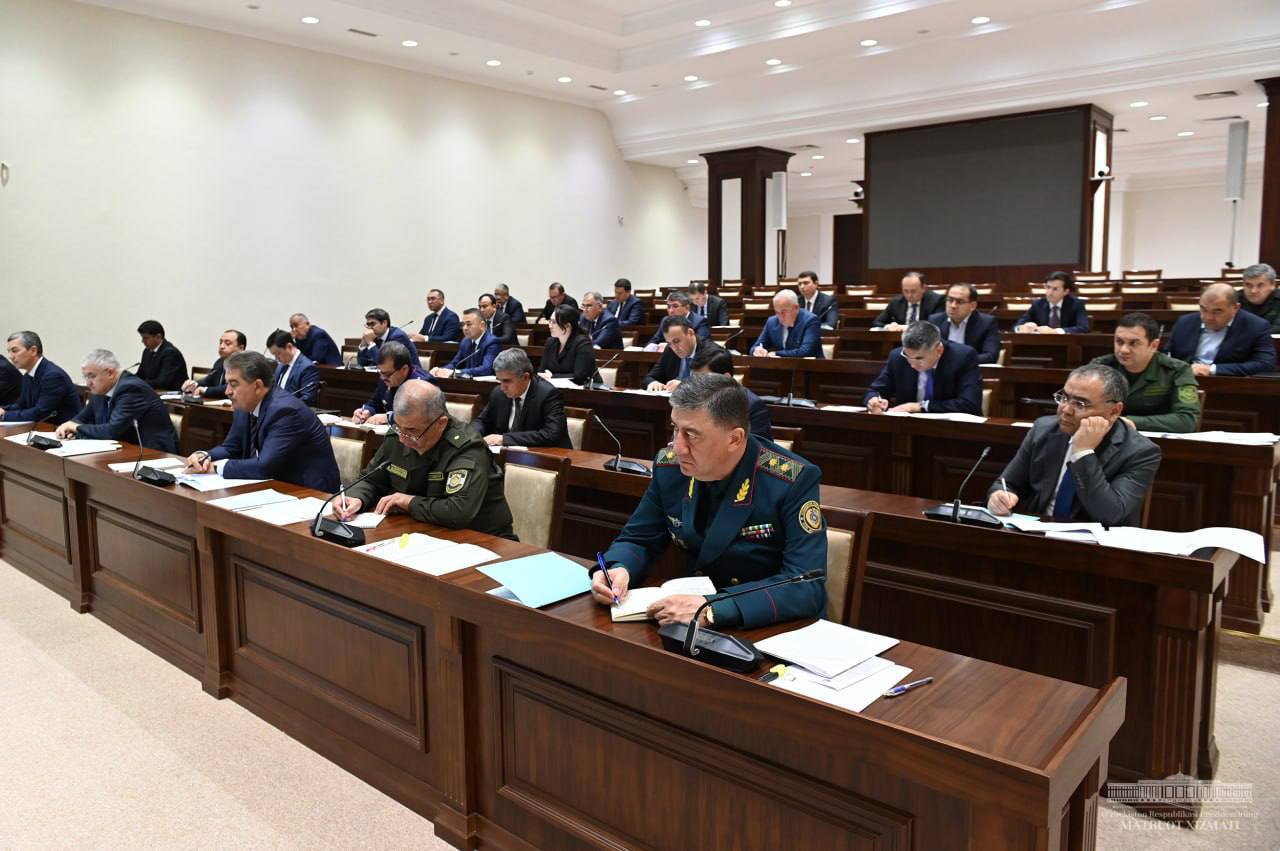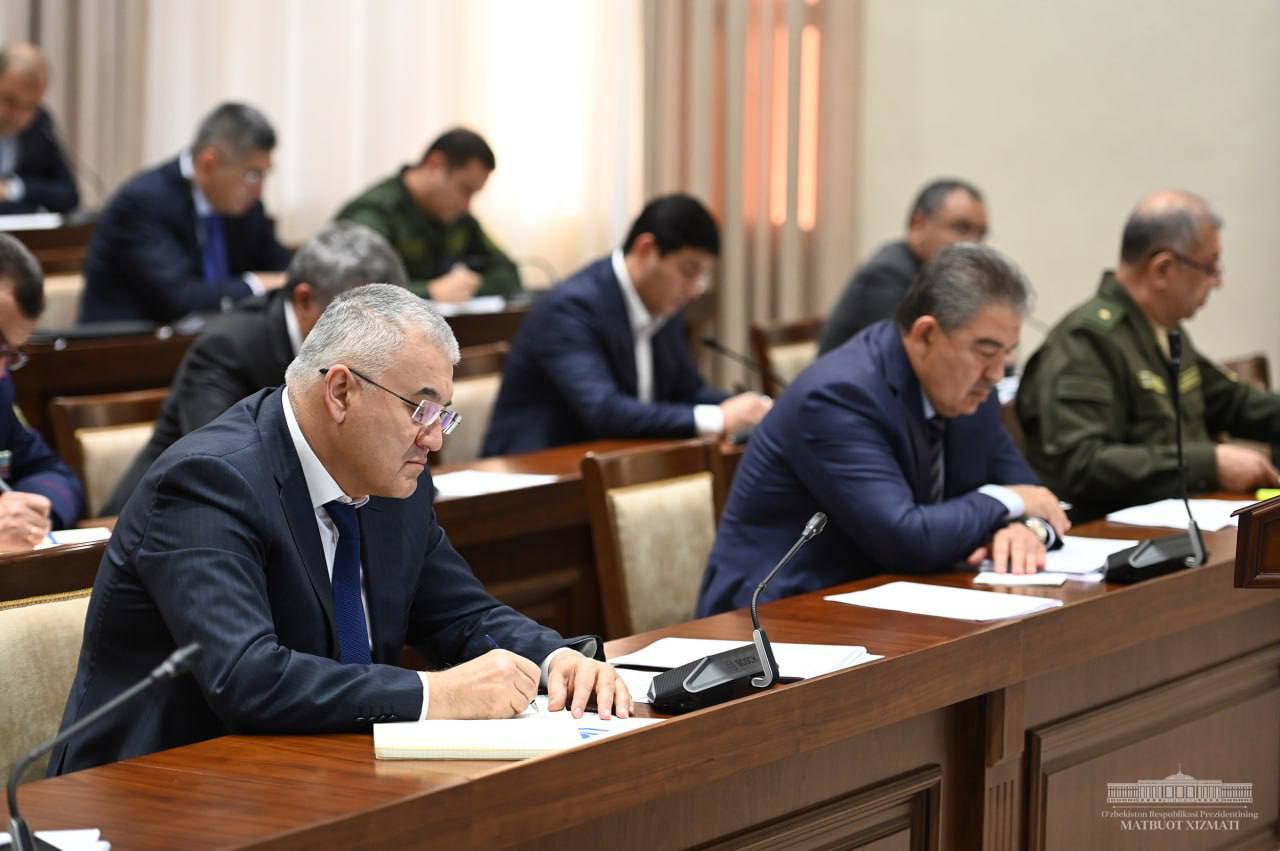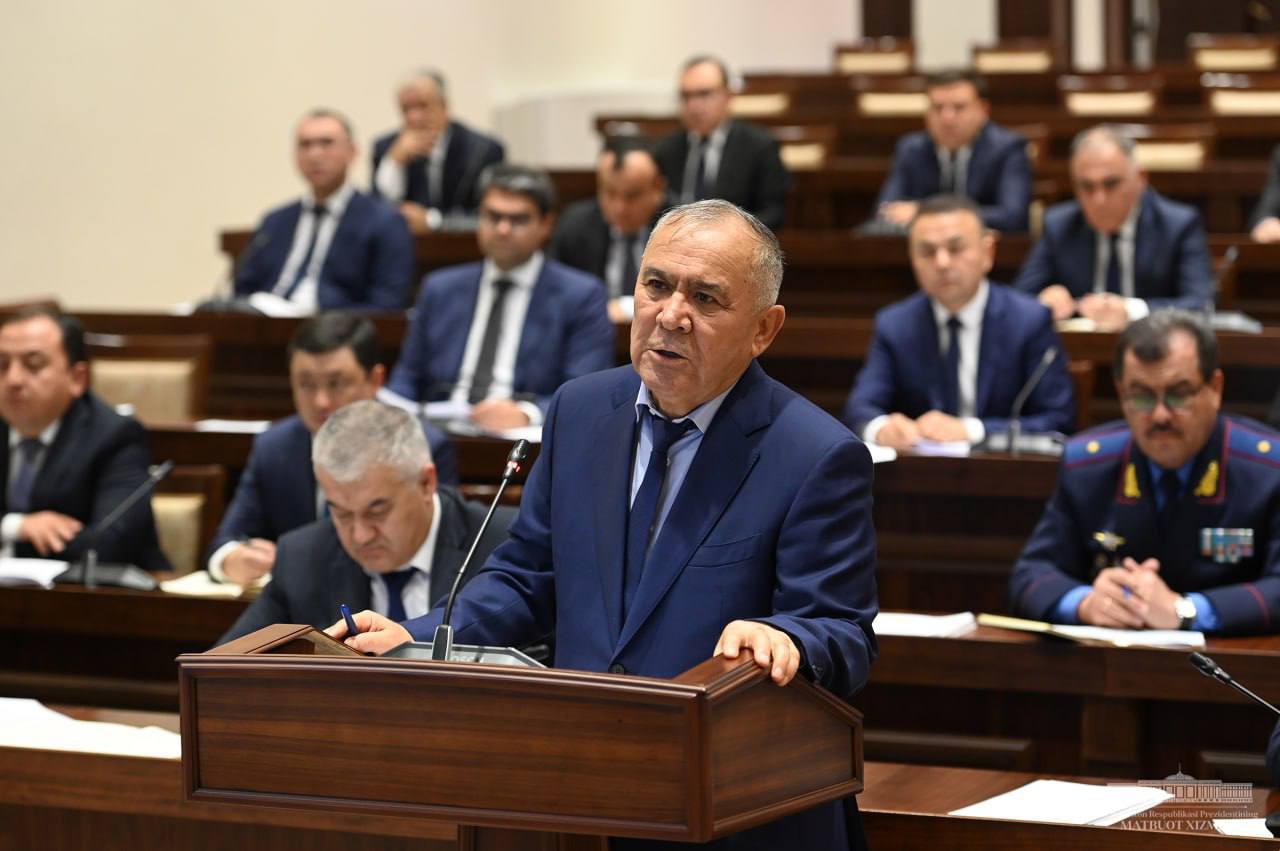
31.10.2023
On October 31, President Shavkat Mirziyoyev held a meeting to discuss the progress of hydroelectric projects and the tasks of preparing the energy system for the autumn-winter season.
Hydroelectric power stations are the most effective means of normalizing the daily energy balance. The cost of electricity generated by hydroelectric power plants is significantly lower that that of other sources. Therefore, a lot of attention is paid to the development of this sector.
According to initial estimates, the hydroelectric potential of our country is 8 thousand megawatts. However, only 2.2 thousand megawatts are currently being used. By attracting foreign investment and the private sector, it is planned to increase the total capacity to 6,000 megawatts by 2030.
The legal and economic conditions for this have been created. In particular, a 20-year land lease has been introduced for entrepreneurs wishing to organize small and micro hydropower plants, as well as a system of guaranteed electricity procurement by the state.
The current status of projects in this area was reviewed at the meeting.
It was noted that it is planned to build 20 small and micro hydropower plants this year and 38 in 2024, but the implementation of some projects is behind schedule. Regional khokims presented information on the upcoming launch of 20 stations planned for this year.
JSC Uzbekhydroenergo also plans to commission seven large hydroelectric power stations with a total capacity of 197 megawatts. This will increase electricity production to 7 billion kilowatt-hours.
Upon the instructions of the head of state, specialists have studied additional reserves of one thousand megawatts. For instance, by building cascades on the Naryn River, it will be feasible to launch a capacity of 230 megawatts and generate electricity for the needs of 450,000 residents of the city of Namangan.
Next year, the capacity of solar and wind power plants will reach 3.5 thousand megawatts. As they produce electricity mainly during the day, the need for control capacity in the electricity system increases. Therefore, the head of state noted the need to develop a five-year programme for the construction of stations with a capacity of 6 thousand megawatts, without waiting until 2030. The need to attract foreign energy companies to projects on the basis of private partnership was noted.
As it is known, the issues of preparation for the autumn-winter season are in the center of the President’s constant attention. The progress of the energy system readiness was also discussed at the meeting.
Over the past five years, more than 4 trillion Uzbek soums have been allocated for the modernization of networks and transformers. A major programme to modernize Tashkent’s energy infrastructure was launched this year.
In addition, a reserve of at least 10 billion Uzbek soums is set aside in each region to ensure a loss-free season. These funds will be used to replace transformers, wiring and other spare parts in the event of breakdowns.
In general, 33 thousand transformers and 122 thousand kilometers of electrical networks in the regions are obsolete. The Tashkent, Namangan and Syrdarya regions are particularly affected. In 9 months of this year, 12% of the total amount of electricity produced was lost.
In this regard, it was stressed that it is necessary to modernize outdated transformers and networks in order to reduce power losses by 1-2% per year.
It is emphasized that more than 100 thousand wholesale consumers and 648 thousand new households are not connected to the automated electricity metering and control system. Instructions are given to fill these gaps.
It was noted that in some regions there are delays in the repair of boiler houses and heating networks. The state of preparation of social institutions for the autumn-winter season is unsatisfactory. The plan to upgrade boilers with high energy consumption has been completed by 62% in medical institutions, 54% in kindergartens and 40% in schools.
The responsible officials have been instructed to mobilize all forces and resources to speed up the repair and modernization work.
The issue of coal supplies for the needs of the population and social institutions in the autumn-winter period was also raised. In this context, the importance of creating additional reserves and attracting the private sector was noted.
Strict instructions were given to prevent illegal sales at inflated prices and theft of coal supplied for the needs of the population.

